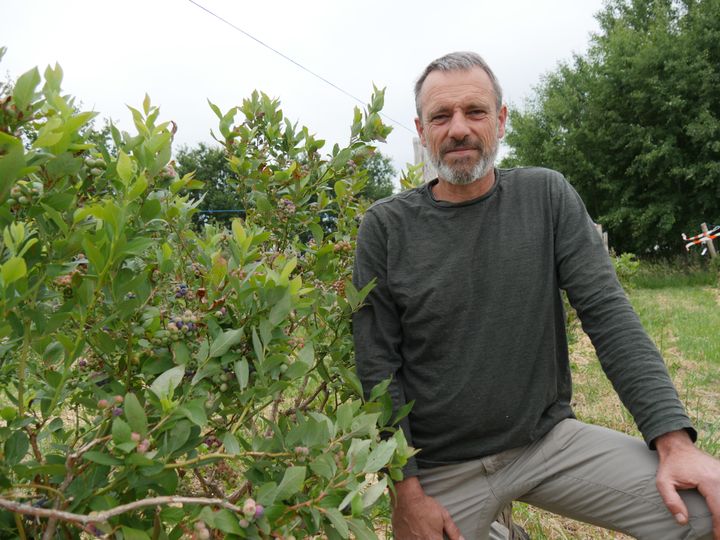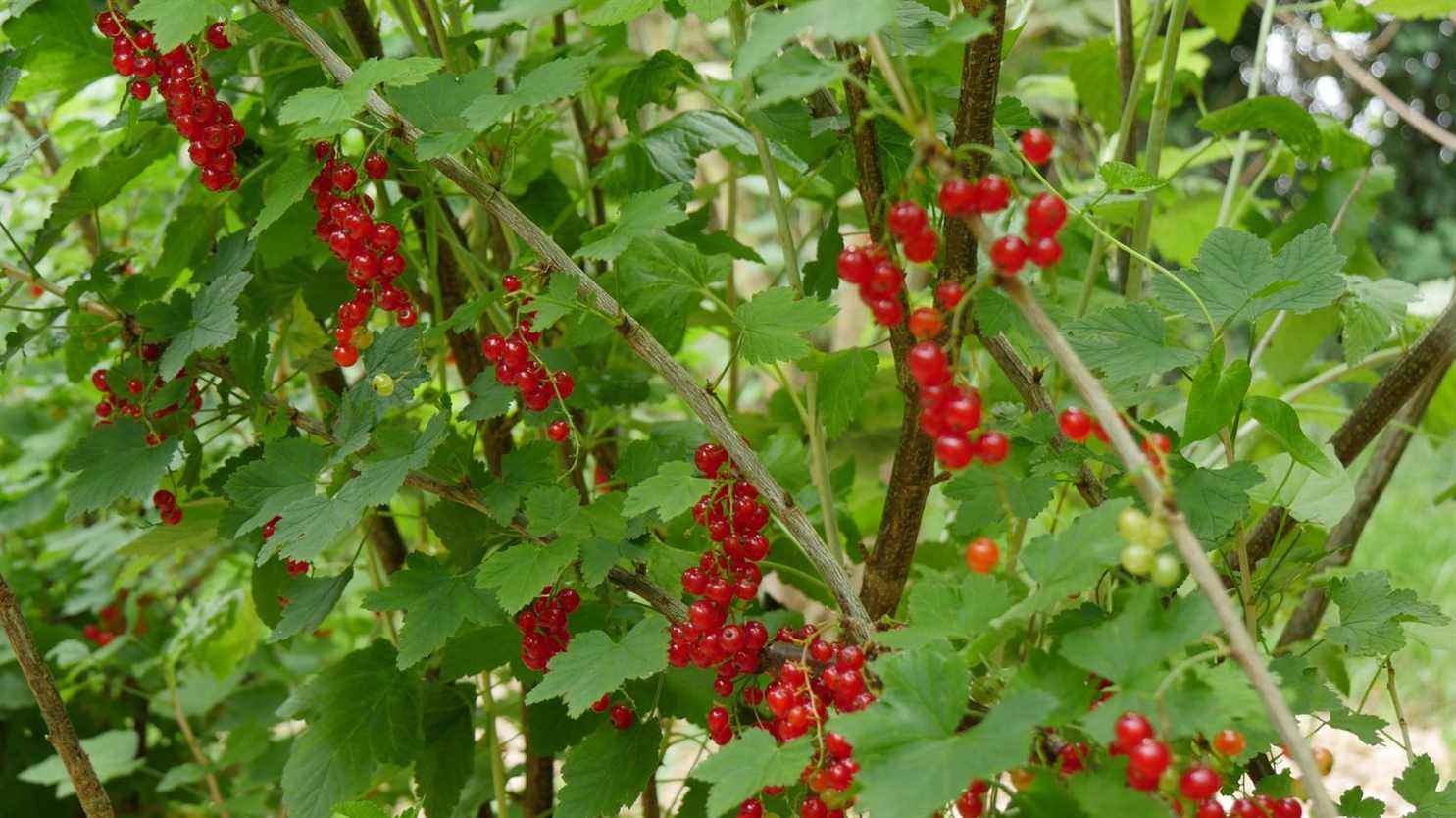The gooseberry is one of the most common small-fruited shrubs in our gardens and you can plant it right now.
This shrub native to central Europe likes fairly distinct climates, that is to say cold in winter, heat and sun in summer.
It is therefore not always easy to have large productions of currants on the Atlantic coast where the winters are very mild. But the work of the breeders has made it possible to give birth to some varieties like ‘Junifer’ which adapts to this particular condition.
Advice from Frédéric Lantin, who produces berries in his Angevin Ribanjou nursery: “In all the other regions of France where winter is marked, we can associate a much wider range, ranging from varieties such as ‘Fertile de Palluau’ Where ‘Mulka’. In this range, there are varieties with red and tangy fruits but also varieties with pink fruits with a very sweet flavor.
“Don’t hesitate to plant gooseberries like ‘Versaillaise Blanche’ or ‘Cerise blanche’ with very sweet white fruits.”
Frederic Lantinat franceinfo

The gooseberry is not very demanding in cultivation. If you plant it well, it will fully bloom in two or three years.
– It is planted in any soil except very calcareous.
– Press the foot well into the ground so that the plant forms many roots and gives a vigorous and well-stocked bush.
– Bring a little compost to the planting, on the surface, not in the bottom of the hole.
– If you want to keep beautiful productions for many years, you must prune the shrub each time it comes out of winter, eliminating the oldest branches and removing the branches at the heart of the shrub.

The gooseberry grows very well in a container, under certain conditions: “Plant it in a pot with a minimum capacity of 15 to 20 liters and well drained at the bottom to prevent the roots from bathing in water. The only constraint is watering. It will have to be watered twice once a week. Place your currant bush in a place where it will receive the sun for a good part of the afternoon.”
“Don’t forget to give it some compost every spring. The plant will find food there.”
Frederic Lantinat franceinfo
– ‘Fertile de Palluau’: red fruits, for jams.
– ‘Rose de Champagne’: pink fruits, sweet, well scented.
– ‘Red Lake’: large clusters of large light red fruits with a sweet flavour.
– ‘Junifer’: the variety to be planted where winters are not marked. Large, very fragrant fruits.
– ‘Gloire des Sablons’: very sweet fruits.
